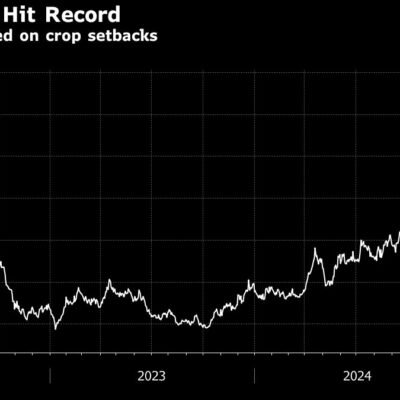Building a sizable nest egg can take decades. But once it’s there, it can fuel a sizable income stream for a lifetime.
Indeed, even if one has far more modest sums to invest, it can prove worthwhile to see how much income various investment instruments can generate. So, let’s examine three Fidelity exchange-traded funds (ETFs) to get a sense of what’s possible.
First up is the Fidelity International Value Factor ETF (NYSEMKT: FIVA).
This fund focuses on international mid and large-cap value stocks. It boasts a solid 3.5% dividend yield and a meager expense ratio of 0.18%.
Top sectors include financials (25% of total holdings), healthcare (10%), and consumer durables (7%).
Finally, risks for this fund include its heavy focus on international stocks, combined with a below-average performance history. Since its inception, the fund has generated a compound annual growth rate (CAGR) of only 2.9%.
At any rate, investing $3,000,000 in this fund would produce more than $100,000 in annual dividend income based on the current yield.
Next up is the Fidelity International High Dividend ETF (NYSEMKT: FIDI).
This Fidelity ETF tracks a proprietary index of fewer than 100 international dividend-paying stocks. It boasts an impressive dividend yield of 5.7% and an expense ratio of 0.18%.
Slightly more than half of the fund’s holdings (52% of the total) are European-based stocks, while about 30% are based in the Asia Pacific region, and less than 20% are from North, Central, and South America.
Top sectors include financials (32% of total holdings), utilities (11%), and communications (10%).
Risks of owning this fund include its high concentration of international finance stocks, which represent roughly a third of its holdings. In addition, the fund’s lifetime performance of 0.9% is well below the average return of U.S.-based benchmark indexes such as the S&P 500 over the same period.
Investing roughly $1,820,000 in the fund would generate $100,000 in annual dividend income.
Finally, there’s the Fidelity Yield Enhancer Equity ETF (NYSEMKT: FYEE).
This fund takes a different approach to generating income. Rather than just targeting value stocks that pay ample dividends, this fund buys growth stocks — even those that do not pay dividends at all.
So, how does it generate a dividend yield of 5.4%?
In a nutshell, the fund utilizes a covered call options strategy. By selling call contracts against the fund’s core holdings, fund administrators surrender some of the potential price appreciation of the fund’s holdings to generate a steady income stream.





